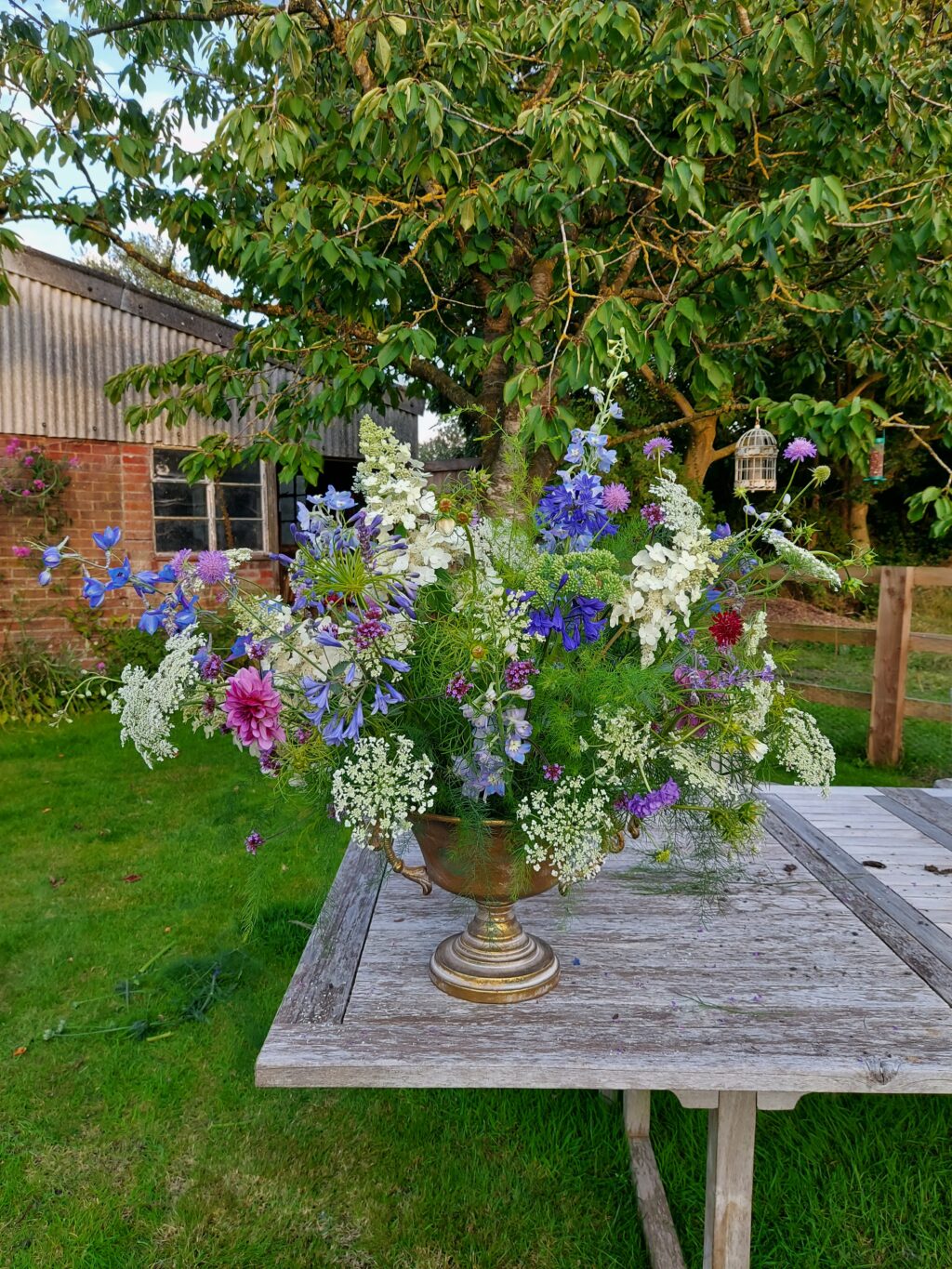Why we love: biennials
Lexi Morris of Little & Wild Flowers introduces a group of flowers no flower farmer would be without – the biennials, which bridge a potentially awkward gap between spring bulbs and the bounty of summer.
May and June can be a tricky time in the flower farmer’s calendar. Depending on the weather, the spring bulbs are usually past their best and the autumn sown hardy annuals are only just starting to think about flowering – especially for those of us without the benefit of a polytunnel. Vegetable growers often refer to this period as the ‘hungry gap’, and it is the same with flowers. This, however, is when the biennial group of flowers really comes into its own. From April until mid-summer, the biennials provide a valuable accompaniment to the tulips, and help to get us through a thin patch that can otherwise be so keenly felt in late spring.

The strong and striking spires of foxgloves are one of the most impressive biennial flowers.
The biennials we grow are generally low maintenance and require little attention – apart from remembering to sow them at the correct time. Their life cycle spans 2 growing seasons: they germinate and grow leaves in the first year, and then flower in the second. We generally sow ours in June and July for flowering the following year. This is a very hectic period with other flower-related activities, however it is really worth spending a couple of hours sowing those precious seeds.
My working life revolves around the school calendar, so I try and get my biennials sown between the summer half term and the summer holidays. They germinate quickly in the heat, are pricked out and then put under shade cloth to grow on for the summer (they don’t like getting too hot). We then plant them out in the autumn – after the summer holidays! – when some of the earlier annuals are spent and pulled out. They are very hardy, and though they may look a bit raggedy going through winter, they always come through the following spring.

Bright and bold Dianthus barbatus also carry a heady scent.
Below are some of the varieties I would not be without:
- Lunaria (honesty): any dual purpose plant has an extra special place in my heart, and Lunaria times its flowering to match the tulips then produces the most fabulous seeds pods. We use these both fresh in the green for summer bouquets, and then dried for winter wreaths. As a member of the cabbage family make sure to keep these plants protected from cabbage white butterflies!
- Hesperis (sweet rocket): we grow both purple and white varieties, plus a very pale lilac strain we discovered last year. It’s a totally invaluable filler flower in May and June. We generally keep plants going for 2 years, and then replace.
- Dianthus barbatus (sweet williams): the cottage garden favourite. Easy to grow, producing masses of blooms, with the sweetest scent. We tend to grow ‘alba’ (white) and ‘nigrescens’ (deep purple). Again we leave in for 2 years and replace the third year.
- Erysimum (wallflowers): now available in a host of different colours, and again invaluable as a filler flower with tulips.
- Digitalis (foxgloves): another cottage garden favourite, these statuesque spires add real impact to any floral arrangement. We use the leading tall stem for large-scale installations and then the smaller secondary flowers work well in bouquets. Each year we like to try something new, and this year we’ll be growing ‘Limoncello’ from Owls Acre Seed, which is much shorter and we hope will work well in bouquets.

The four stages of Lunaria: foliage, flower, fresh seed pod, and silvery dried shells.
To learn more about key seasonal crops for British growers, visit our Learning Resources page.


